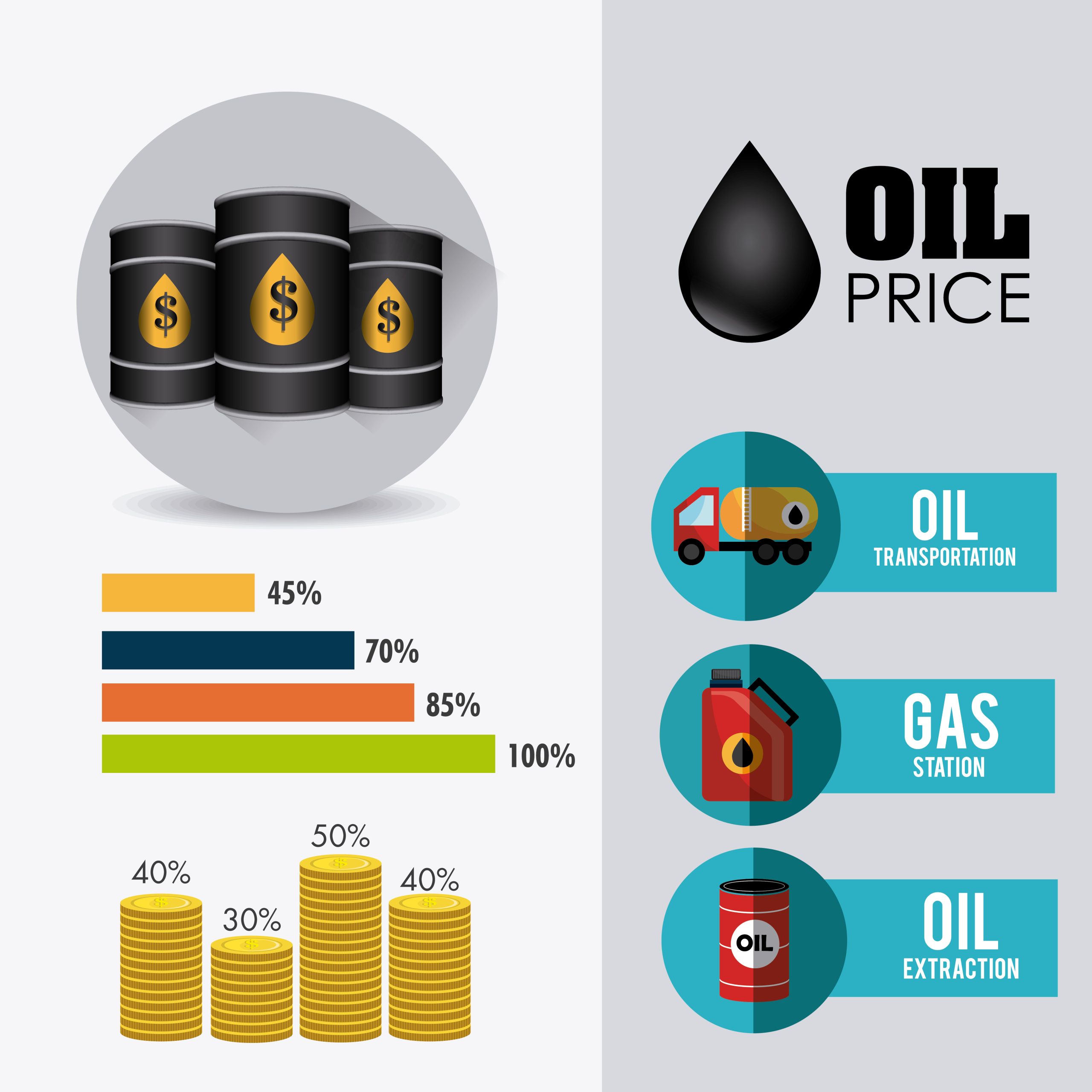Daily EN590 10 PPM Price Insights: Understanding Platts & Global Market Rates
ayeshrvr
June 21, 2025

In the dynamic world of global energy trading, understanding the real-time pricing of refined petroleum products like EN590 10 PPM is crucial for businesses across industries. As a leading international energy trading firm, Viz International Corp. provides vital insights into the factors influencing EN590 10 PPM prices and offers tailored solutions to navigate this complex market. This guide will clarify common pricing questions and provide a comprehensive overview for buyers and traders alike.
What is the Current EN590 10 PPM Price Today?
The price of EN590 10 PPM diesel is highly dynamic and subject to constant fluctuations based on global supply, demand, geopolitical events, and crude oil benchmarks. Due to the real-time nature of commodity trading, providing a single, static “today’s price” in a blog post is not feasible. However, we can guide you on how these prices are typically reflected and how to get the most accurate, live quotes.
Market Volatility: Prices change minute-by-minute, influenced by global events, trading activity, and inventory levels.
Indices & Benchmarks: Most international transactions are based on reference prices from reputable reporting agencies.
Request a Live Quote: For precise and up-to-the-minute pricing tailored to your specific quantity, delivery terms (e.g., CIF, FOB), and destination, we encourage you to contact our trading desk directly for a current quotation.
How Much is EN590 Per Metric Ton?
EN590 10 PPM, like most refined petroleum products in international trade, is commonly quoted and traded per Metric Ton (MT). While crude oil is often priced per barrel, diesel and other distillates use metric tons for bulk transactions.
Conversion Factors: While not exact due to density variations, roughly 1 metric ton of diesel is equivalent to approximately 1,190-1,200 liters or 7.5-7.6 barrels.
Why Metric Tons? This standard unit facilitates global consistency in large-volume cargo movements and simplifies contractual agreements.
Bulk Pricing: Prices per metric ton typically reflect wholesale or cargo-size transactions, which are significantly different from retail pump prices.
Understanding Platts Diesel 10 PPM & EN590 Benchmarks
When people ask “How much is Platts diesel 10 ppm today?” or “Platts EN590 price today?”, they are referring to a widely recognized industry benchmark provided by S&P Global Platts. Platts is a leading independent provider of information and benchmark prices for the commodity and energy markets.
The Role of Platts: Platts publishes daily assessed prices for various energy products, including EN590 10 PPM diesel. These assessments are based on market activity, bids, offers, and reported trades within specific trading windows (e.g., the Platts window in Europe).
Benchmarks for Contracts: Many international contracts for EN590 10 PPM are priced at a differential (a premium or discount) to the published Platts assessment for a specific delivery period and location.
Other Benchmarks: While Platts is dominant, other reporting agencies and regional benchmarks may also be relevant depending on the specific trade route and market.
Key Factors Influencing EN590 10 PPM Prices
The price of EN590 10 PPM is a complex interplay of several global and regional factors:
Crude Oil Prices: As a refined product of crude oil, diesel prices are directly and heavily influenced by the global price of crude (e.g., Brent, WTI).
Refining Margins: The cost of refining crude oil into diesel, including operational costs and demand for other refined products, impacts the final price.
Global Supply & Demand: Shifts in production capacity, refinery outages, and changes in industrial, transportation, or agricultural demand worldwide.
Geopolitical Events: Conflicts, political instability, and trade policies in major producing or consuming regions can significantly disrupt supply or demand.
Logistics & Transportation Costs: Shipping rates, pipeline availability, and port congestion all add to the delivered cost.
Seasonality: Demand for diesel can increase during specific seasons (e.g., winter heating, agricultural harvesting).
Inventory Levels: Stockpiles in major hubs provide a buffer, and changes in inventory can signal supply or demand imbalances.
Currency Fluctuations: As prices are typically denominated in USD, currency exchange rates can affect local purchasing power.
Environmental Regulations: Stricter emissions standards (like the 10 PPM sulfur limit) can influence production costs and availability.
Conclusion
Understanding the intricate factors behind EN590 10 PPM pricing is essential for strategic planning in the energy sector. While global benchmarks like Platts provide valuable reference points, real-time market dynamics and specific logistical requirements necessitate dynamic pricing.
At Viz International Corp., we leverage our deep market intelligence, agile logistics, and strategic trade finance solutions to offer competitive and transparent pricing for EN590 10 PPM and other petroleum products worldwide.
Request a personalized quotation today and partner with Viz International Corp. for reliable and efficient energy trading solutions.
“Our promise is to help your business succeed with our market insights and expertise.”
— CEO, Viz International Corp.

